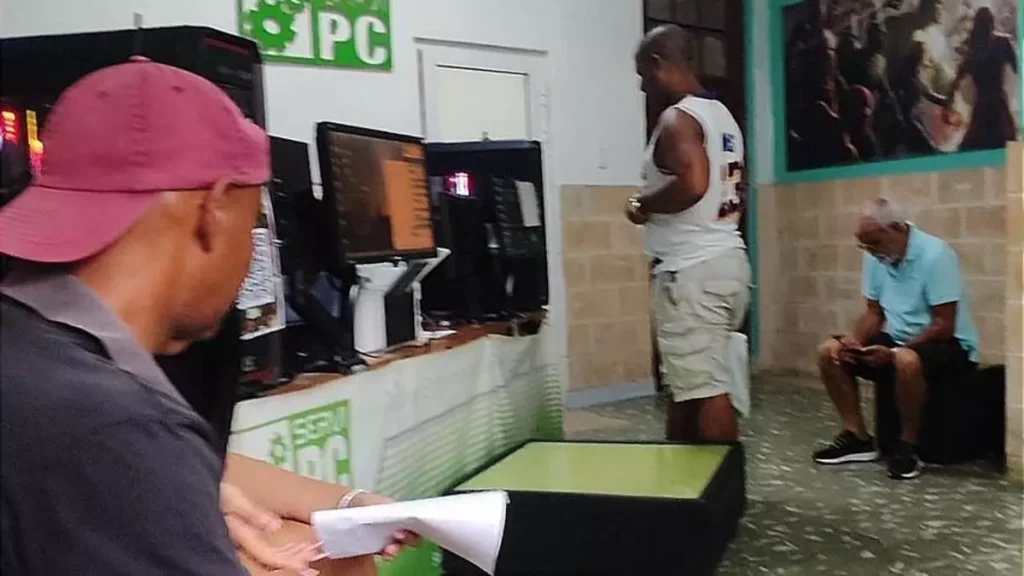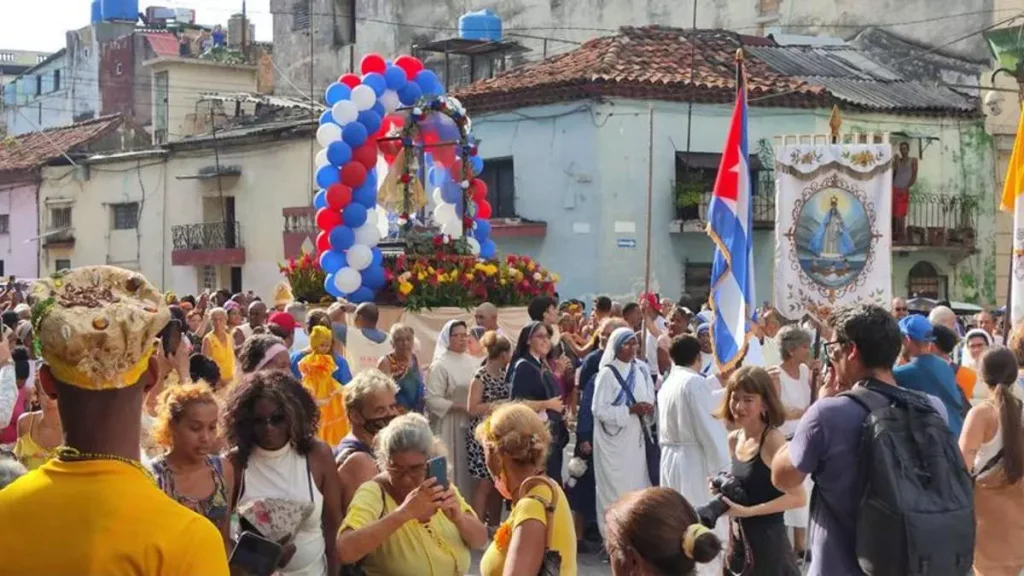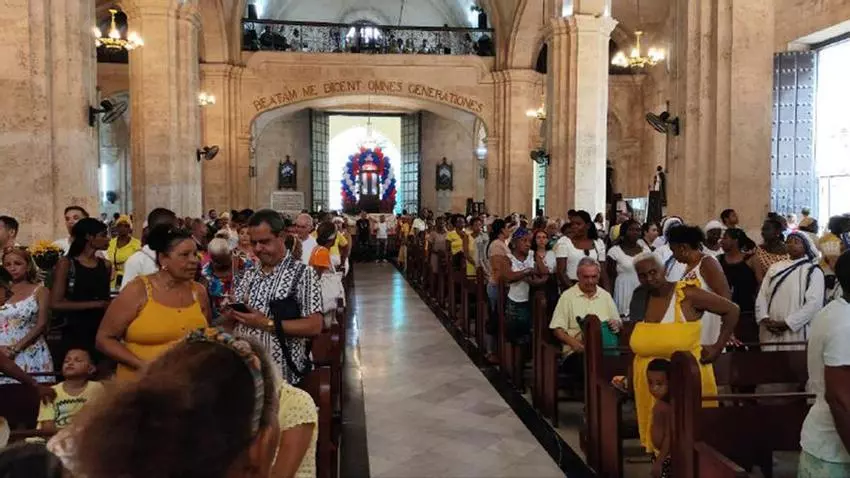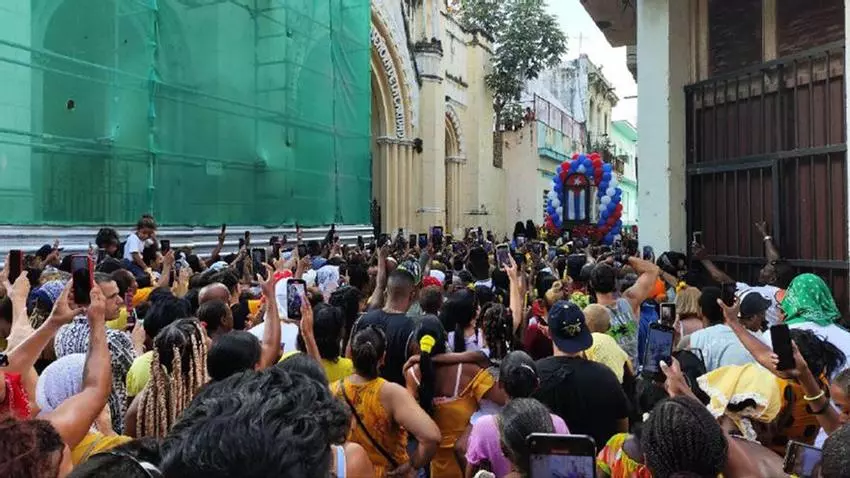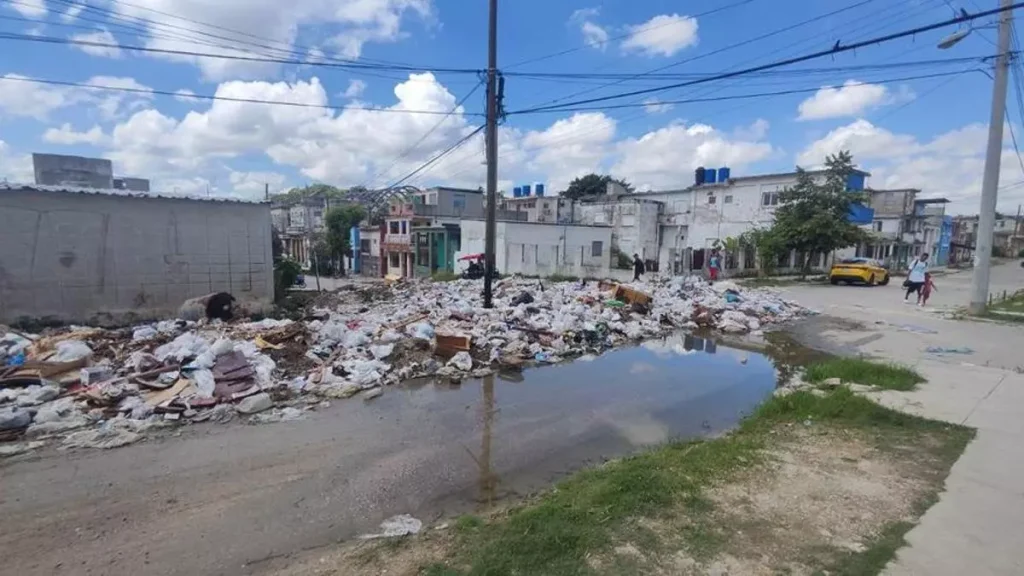Adrián Curuneaux Stivens has been sentenced to four years for assault and aggravated contempt in addition to a previous sentence of four years for assault and battery.

![]() 14ymedio, Havana, 9 September 2024 — Activist Adrián Curuneaux Stivens, who was arrested after attempting to visit Luis Manuel Otero Alcántara in Havana’s Calixto García hospital in May 2021, has been sentenced to seven years in prison for two crimes of attempted assault and one of aggravated contempt. The sentence, to which CubaNet had access this Sunday, was issued after the trial he was subjected to in July.
14ymedio, Havana, 9 September 2024 — Activist Adrián Curuneaux Stivens, who was arrested after attempting to visit Luis Manuel Otero Alcántara in Havana’s Calixto García hospital in May 2021, has been sentenced to seven years in prison for two crimes of attempted assault and one of aggravated contempt. The sentence, to which CubaNet had access this Sunday, was issued after the trial he was subjected to in July.
According to the document, Curuneaux Stivens tried to enter the healthcare center, where the artist and leader of the San Isidro Movement – “with whom he had no relationship or friendship”, the text specifies – was being held after a hunger strike, and the employees explained to him that visits were not allowed because of the restrictions at the time due to the Covid-19 pandemic. The activist “ignored them and began to get agitated,” states the sentence.
When some policemen who were on the scene approached him and asked him for his ID, Curuneaux, 52 years old, began to record them, which is why they decided to detain him and transfer him to the nearest police station. Despite his being subdued and handcuffed, the two policemen involved, who identified themselves as Cristhian Damian Urquiza Fernandez and Diosbel Barreras Abad, claim that the activist assaulted them.
The activist is accused of ripping off the button of the right epaulette of the uniform worn by a policeman who was trying to subdue him
Once inside the police car, according to the policemen’s version, the activist began to kick Urquiza Fernandez, who was sitting next to him in the back of the vehicle, “without causing him any injuries and without causing any damage to the acrylic that divides the back from the front”. continue reading
To be able to subdue him, Barreras Abad decided to move to the back of the vehicle and it was at that moment when the activist allegedly “bit him on his right thumb” and “tore off the button of the right epaulette of the uniform he was wearing, resulting in damage to the epaulette”.
In their testimony, the policemen also state that when they were walking towards the police car, Curuneaux began to shout phrases such as “Down with Fidel” and “Down with Raul”. In addition, the document literally reads, he said: “screw them all and all the police officers who were all bitches, referring directly to the top leaders”.
In addition to the time in prison, he must “compensate his victim,” Officer Urquiza for 54 pesos for the damages caused, the Municipal People’s Criminal Court of Centro Havana ruled.
Curuneaux’s wife, Yurisán Valdés Pedraza, maintains that this is an injustice. “I don’t understand why Adrián is being sentenced to seven years. It is unfair what they are doing to him and I demand his freedom,” she said in a video.
For the organization Cubalex, the conviction of Curuneaux Stivens, vice-president of the “Movimiento Opositores por una Nueva República”, shows that there is a “repressive escalation” against him “ aimed at keeping him in prison as long as possible because of his political activism and his work in defense of human rights”. Moreover, it reflects a repressive pattern of the Cuban State, “which consists of falsely charging or provoking ordinary crimes against activists to cover up politically motivated repression”.
This is not the first time the regime has sentenced the activist who has been in court several times
This is not the first time that the regime has sentenced the activist, originally from Santiago de Cuba, who has a lengthy record before the courts for similar offenses. The list goes back to 1990, when he was fined 200 pesos for disobedience and, in a different criminal case, 300 pesos for theft. Later, in 1996, he was sentenced to three years in prison for assault in the People’s Provincial Court of Santiago de Cuba.
In 2021, he was again charged with assault, in March of that year, for allegedly assaulting a policeman. The regime punished him with one year of limited freedom. A few months later, in May, he was arrested again when he tried to visit Luis Manuel Otero Alcántara in the Calixto García hospital in Havana.
He spent a year and a half detained in Valle Grande prison without a conviction, and in November 2022 he was released pending trial. The trial took place just in July. However, another incident kept him in prison, serving a four-year sentence since April, along with his son, identified as Luis Enrique Fajardo Nápoles, for injuries against a third person.
Besides the four years he is serving in the 1580 penitentiary center in Havana for the crime of injury in the incident with his son, he is serving this last sentence of seven years which was ratified this Sunday. This means he will spend a total of 11 years in prison.
Translated by LAR
____________
COLLABORATE WITH OUR WORK: The 14ymedio team is committed to practicing serious journalism that reflects Cuba’s reality in all its depth. Thank you for joining us on this long journey. We invite you to continue supporting us by becoming a member of 14ymedio now. Together we can continue transforming journalism in Cuba.



